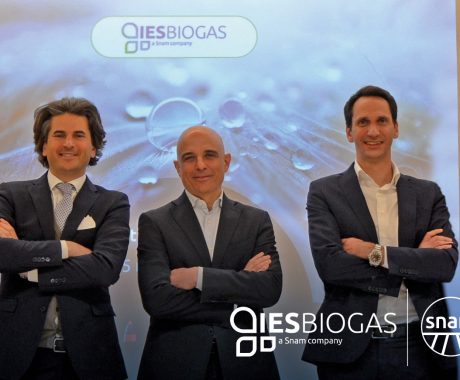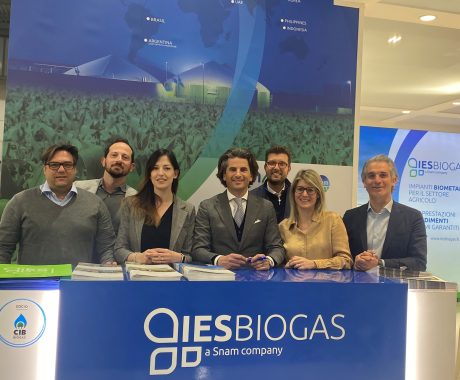Blog
Gas for Climate Report: fast-developing renewable gases in Europe
The Gas for Climate consortium, which consists of ten leading European gas transport companies, including Snam, and two renewable gas industry associations (Consorzio Italiano Biogas and European Biogas Association), has published a new study on the development of biomethane and hydrogen in Europe and on the key role they will have as renewable and low-carbon gases functional to the objectives of climate neutrality by 2050 and a 55% reduction in CO2 emissions by 2030.
The “Market State and Trends Report”, developed by Guidehouse, photographs the growth trends of the market and illustrates case studies from various European countries, identifying the necessary progress on both the regulatory and the demand side to encourage greater hydrogen penetration and biomethane.
Regarding biomethane, rapid growth is observed in production and anaerobic digestion and upgrading plants, also due to the drop in costs, with a consequent increase in injections into the network in the last decade from about 5.5 TWh to year to the current 20 TWh. By 2030, the share of biomethane in European networks could reach 5-8%. Most biomethane producing plants in Europe (65% in 2019) use agricultural waste or biomass as livestock manure, agricultural by-products and second-harvest crops. Cross-border trade in biomethane certificates is still limited in the EU to less than 10% of production levels, but is gradually increasing. Today Italy is second in Europe for biogas production with a 10% share and a large part of producers are focusing on biomethane; in fact, Italy, with over 1,600 biogas production plants in agriculture, can count on a strategic endowment that has already generated 4.5 billion euros in investments.
In the hydrogen sector, numerous projects are being born aimed at increasing its use in industry and heavy transport, as well as facilitating its transport in gas infrastructures. Regarding green hydrogen production, electrolysis capacity in Europe experienced a growth rate of 20% annually from 2016 to 2019. Proton Exchange Membrane (PEM) technology is closing the efficiency gap compared to alkaline electrolysis ( ALK) and solid oxide electrolysis cells (SOEC). Green hydrogen can also be produced by feeding a steam reforming unit or an autothermal reforming unit with biomethane obtained from biogas. By 2030, much of the expansion of that capacity will come from Belgium and Italy, which will develop nearly 11 additional GWs. The report also predicts growth in the use of blue hydrogen. The use of green hydrogen and blue hydrogen will be aimed above all at the decarbonisation of sectors such as the production of iron and steel and refining.
On the basis of these developments, the report concludes that the European renewable gas sector will be able to make a decisive contribution to achieving the decarbonization goal by 2030 and hopes for the adoption of binding targets to speed up its development.
Download the report: MSTreport.gasforclimate2050.eu







